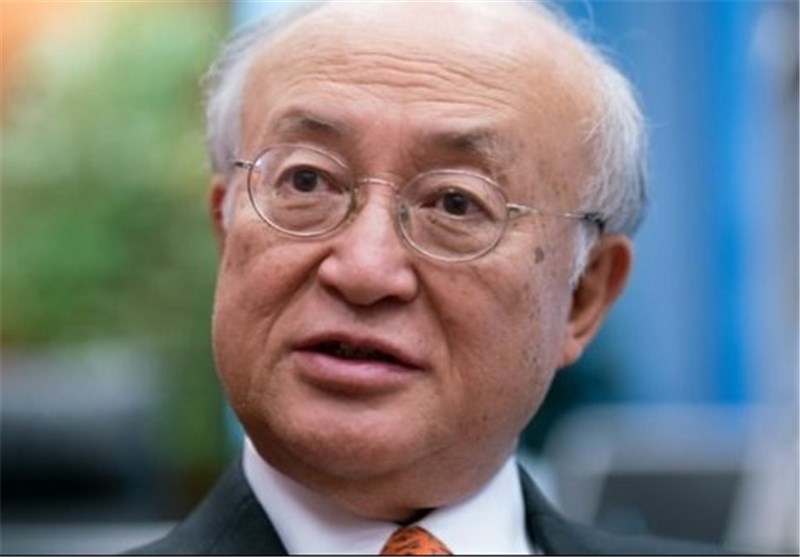IAEA Chief Urges Clarity on JCPOA’s Section T
TEHRAN (Tasnim) – International Atomic Energy Agency (IAEA) Director-General Yukiya Amano called on all parties to the JCPOA to help “clarify” Section T of the agreement.
“Our tools are limited,” Amano told Reuters when asked if his agency had the means to verify Section T.
Section T bans “activities which could contribute to the development of a nuclear explosive device”. It lists examples such as using computer models that simulate a nuclear bomb, or designing multi-point, explosive detonation systems.
Unlike many other parts of the deal, the provision, known as Section T, makes no mention of the IAEA or specifics of how it will be verified. Russia says that means the IAEA has no authority over it.
“In other sections, for example, Iran has committed to submit declarations, place their activities under safeguards or ensure access by us. But in Section T I don’t see any (such commitment),” he added.
Amano said he hoped the parties to the agreement would discuss the issue in the Joint Commission, a forum created by the deal, adding that even a clearer definition of terms such as the technology referred to would be an improvement.
“More clarification would be helpful ... Russia has a different view. They believe that it is not the mandate of the IAEA. Others have different views and discussions are ongoing.”
Amano, however, verified that Iran was implementing its nuclear commitments under the 2015 nuclear deal between Tehran and world powers.
He said, “Complementary access in Iran is being undertaken without problem and the number of accesses is quite high".
When asked if a successful Iran deal could help encourage a political solution in nuclear-armed North Korea, to which the IAEA has no access, Amano said the two situations were quite different. But he added, “I also do not say that there’s no comparison, because in the JCPOA’s case, diplomacy worked.”
